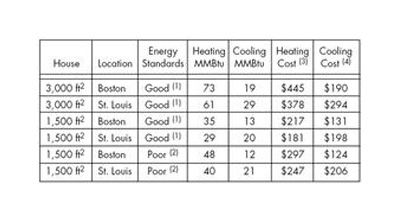
Having written about green building for more than twenty years now, I’ve encountered lots of misperceptions. One of those is that green building always has to cost a lot more than conventional building. There are plenty of examples where it does cost more (sometimes significantly more), but it doesn’t have to, and green choices can even reduce costs in some cases. Let me explain.
Trade some quanitiy for quality. When someone is considering building a green home, my first, number-one recommendation is to keep the size down. Since 1950, the average house size in the U.S. has more than doubled, while family size has dropped by 25% — so you’re providing 2.8 times more area per person than you were back then. If you think you need a 3,000 square-foot house, consider whether 2,500 would suffice, or even less. There are some really great homes being built at 1,400 to 1,500 square feet — homes where every square foot is optimally used and there aren’t rooms, like formal dining rooms, that sit empty most of the time.
Often, because we’re conditioned to think that bigger is better or because we’re told by a real estate agent that a house has to be large to keep its value, we build the largest home possible. By stretching budgets to maximize square footage, we’re then often forced to skimp on quality and performance. If, instead, we downsize the house, we can improve its quality (durability, detailing, energy efficiency, green features), and we might even be able to reduce the overall costs.
Bundle systems with neighbors rather than going it alone. With green building, there may be some other ways to lower costs that don’t require reducing the house size. At the development scale, if you design an onsite infiltration system for stormwater (rather than building a stormwater retention pond or installing storm sewers) that could both reduce costs and make the project greener. With larger facilities, it’s sometimes possible to save millions of dollars with such changes — paying for all of the additional green features.
Where you build can also influence cost. By clustering houses in a development, you can reduce the total amount of pavement, the length of utility lines, and other associated infrastructure costs. By putting a house fairly close to the access road, you both save costs and reduce the impacts of that additional pavement and material usage.
Use materials frugally. There are some important ways to use materials more efficiently and save money. With “advanced framing,” studs and rafters (or roof trusses) can be installed 24 inches on-center, rather than the standard 16 inches, reducing the amount of wood used in construction. By carefully planning overall building dimensions and ceiling heights, one can optimize material use and reduce cut-off waste.
And it’s sometimes possible to have a structural material serve as a finished surface, obviating the need for an additional layer. This can be done when structural floor slabs are made into finished floors (often by pigmenting and/or polishing the concrete), or when a masonry block is used that has a decorative face, eliminating the need for another wall finish.
Look for cost tradeoffs. When it comes to energy, building a green, energy-efficient house usually does increase costs. But we can significantly reduce that extra cost — occasionally even eliminate it — by practicing “integrated energy design.” If we spend more money on the building envelope (more insulation, tighter construction detailing, and better windows) so that we dramatically reduce the heating and cooling loads, we can often save money on the heating and cooling equipment. With a really tight, energy-efficient house, for example, we might be able to eliminate the $10,000 to $15,000 distributed heating system in favor of one or two simple, through-the-wall-vented, high-efficiency gas space heaters, or even a few strips of electric resistance heat.
If, along with that really well-insulated envelope, we carefully select east- and west-facing window glazings that block most of the solar gain and provide natural shading from appropriately planted trees, we might even be able to eliminate central air conditioning.
These savings on mechanical equipment can cover a lot of the added cost of the improved building envelope. In rare cases, these savings in heating and cooling equipment (if we eliminate a really expensive system, such as a ground-source heat pump, for example), we can pay for all of the envelope improvements and even reduce the total project cost.
I invite you to share your comments on this blog.
To keep up with my latest articles and musings, you can sign up for my Twitter feeds
Fine Homebuilding Recommended Products
Fine Homebuilding receives a commission for items purchased through links on this site, including Amazon Associates and other affiliate advertising programs.

All New Bathroom Ideas that Work

All New Kitchen Ideas that Work

The New Carbon Architecture: Building to Cool the Climate
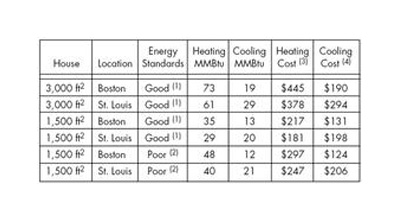
Small houses with less insulation are cheaper to heat than big houses with more insulation.
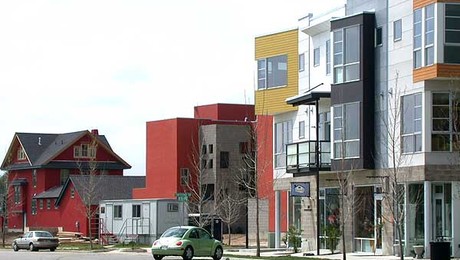













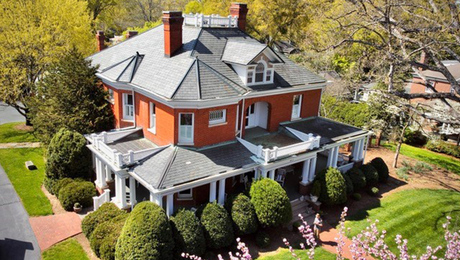
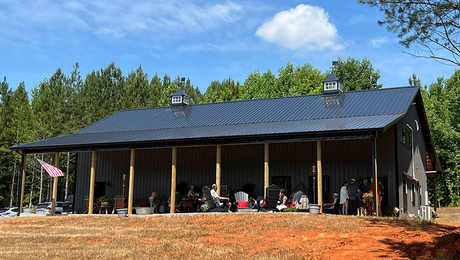
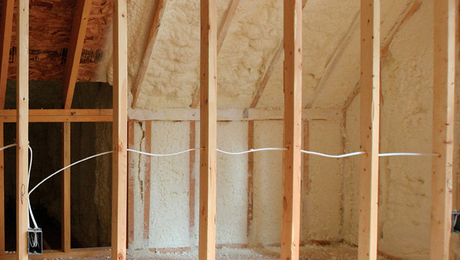

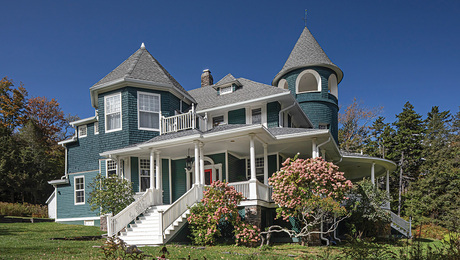
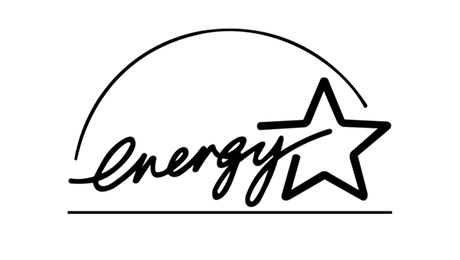










View Comments
I've been building green homes for almost 20 years and have found that building green doesn't cost more and in some cases costs less. There are many levels of green building as reflected in green building certification programs. There's no reason a mindful builder can't achieve basic or even mid-level certification at the same price he's building a run-of-the-mill house now.
There are many utility and government incentive programs that make it easy to add some otherwise costly green features like solar thermal, PV or advanced heat pump systems to a new or existing home. Combining incentives available in my area, we can install a geothermal heat pump system for less than a conventional system.
There is a learning curve to planning and building a green home cost effectively so the first 2 or 3 projects will either take more effort or cost a little more. The challenges for many builders are to set aside preconceived notions about construction, spend the time necessary to learn how the pieces of green building fit together, and give it a try.